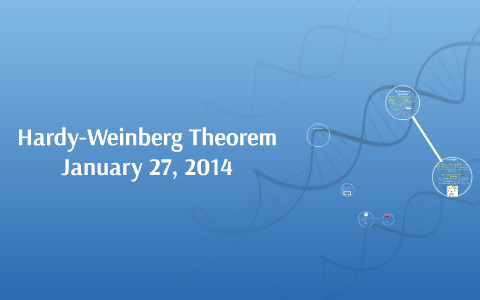Kelly Theorem
| Born | 5 June 1930 |
|---|---|
| Died | 26 January 2007 |
| Alma mater | University of Cambridge |
| Known for | Enriched category theory |
| Awards | Centenary Medal |
| Scientific career | |
| Fields | Mathematics |
| Institutions | University of Sydney |
| Thesis | Topics in Homology Theory(1957) |
| Doctoral advisor | Shaun Wylie |
| Doctoral students | Ross Street |
Kelly Theory Of Personality Development
Gregory Maxwell 'Max' Kelly (5 June 1930 – 26 January 2007) is a mathematician who worked on category theory.
Biography[edit]
Find 18 ways to say rooting, along with antonyms, related words, and example sentences at Thesaurus.com, the world's most trusted free thesaurus. Wiley-VCH, 2007. This up-to-date textbook on mathematical methods of physics is designed for a one-semester graduate or two-semester advanced undergraduate course. The formal methods. Quite the same Wikipedia.
Kelly was born in Bondi, New South Wales, Australia, on 5 June 1930.[1] He obtained his PhD at Cambridge University in homological algebra in 1957, publishing his first paper in that area in 1959, Single-space axioms for homology theory.[1][2] He taught in the Pure Mathematics department at Sydney University from 1957 to 1966, rising from lecturer to reader.[1] During 1963–1965 he was a visiting fellow at Tulane University and the University of Illinois,[1] where with Samuel Eilenberg he formalized and developed the notion of an enriched category based on intuitions then in the air about making the homsets of a category just as abstract as the objects themselves.[citation needed]
He subsequently developed the notion in considerably more detail in his 1982 monograph Basic Concepts of Enriched Category Theory.[3] Let be a monoidal category, and denote by -Cat the category of -enriched categories. Among other things, Kelly showed that -Cat has all weighted limits and colimits even when does not have all ordinary limits and colimits. He also developed the enriched counterparts of Kan extensions, density of the Yoneda embedding, and essentially algebraic theories.[citation needed]
In 1967 Kelly was appointed Professor of Pure Mathematics at the University of New South Wales.[1] In 1972 he was elected a Fellow of the Australian Academy of Science.[citation needed] He returned to the University of Sydney in 1973, serving as Professor of Mathematics until his retirement in 1992.[1] In 2001 he was awarded the Australian government's Centenary Medal. He continued to participate[dubious] in the department as professorial fellow and professor emeritus until his death at age 76 on 26 January 2007.[1]
Kelly worked on many other aspects of category theory besides enriched categories, both individually and in a number of collaborations.[citation needed] His PhD students include Ross Street.[2]
References[edit]
- ^ abcdefgO'Connor, John J.; Robertson, Edmund F., 'Max Kelly', MacTutor History of Mathematics archive, University of St Andrews.
- ^ abGregory Maxwell (Max) Kelly at the Mathematics Genealogy Project
- ^Kelly, Gregory Maxwell (1982). Basic Concepts of Enriched Category Theory. Cambridge University Press. ISBN978-0-521-28702-9.
External links[edit]
- Max Kelly's Perpetual Web Page: a memorial page set up by Kelly's son Simon Kelly.
- 'In Memory of Max Kelly': a post at The n-Category Café, containing praise from his fellow mathematicians
- G. M. Kelly at DBLP Bibliography Server
Kelly Theory Of Attribution

In queueing theory, a discipline within the mathematical theory of probability, a Kelly network is a general multiclass queueing network.[1] In the network each node is quasireversible and the network has a product-form stationary distribution, much like the single-class Jackson network.
The model is named after Frank Kelly who first introduced the model in 1975 in his paper Networks of Queues with Customers of Different Types.[2]
References
- ^Chen, H.; Yao, D. D. (2001). 'Kelly Networks'. Fundamentals of Queueing Networks. Stochastic Modelling and Applied Probability. 46. pp. 69–96. doi:10.1007/978-1-4757-5301-1_4. ISBN978-1-4419-2896-2.
- ^Kelly, F. P. (1975). 'Networks of Queues with Customers of Different Types'(PDF). Journal of Applied Probability. 12 (3): 542–554. doi:10.2307/3212869. JSTOR3212869.